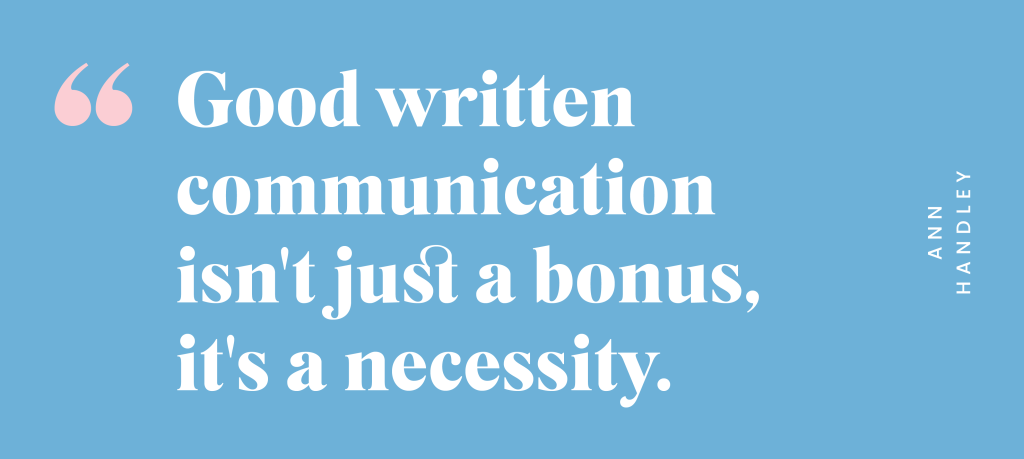
Why a brand story isn’t enough to prove your authenticity
The big branding mistake businesses make when trying to engage consumers
Despite Simon Sinek’s ‘Why’ concept being (perhaps) the most famous TED Talk ever, there’s a common mistake many businesses make when implementing it. Simply identifying the driving factors, values, and beliefs central to a business isn’t enough – impactful marketing is showcasing them.
Yet it’s amazing how many businesses invest significant resources into identifying their ‘Why’. It’s used to define their Brand Story, proudly displayed on the wall and website, and neatly stored away in a little box labelled ‘Culture’.
Here’s the problem.
A Brand Story alone doesn’t enable consumers to engage with the authenticity of your business; this happens in the Brand Storytelling space. This is where the relationship evolves from being purely transactional to emotional as consumers become more invested in the brand ethos.
So where do you start?
Stage 1: Defining your Brand Story
Why your brand story isn’t a history lesson
A good Brand Story is exactly that – a story. It’s a narrative that’s entertaining, captivating, and engaging. It’s relatable (characters are often recognisable, such as the hero), uses a binary plot structure (good verses evil), and follows a familiar structure.
It’s not a recital of facts, chronicle of dates, or the literal history of the business – these are facts. And while facts are important, it’s context that arouses all the feelings.
When I think of myself as a consumer, for example, I’m aware that I correlate facts with assumptions. For example, I may unconsciously assess the credibility of a business by how long it’s been operating. But while this may satisfy my rational needs, it’s not satisfying my emotional ones.
Swipe Left. Unless….
Enter the brand story.

The starting point for your brand story
A good brand story needs to be authentic, compelling, and consistent with your values. It’s the ‘why’ behind your business.
To help clients define and articulate their brand story, we start with the core fundamentals of who, what, where, when, how, and why.
Isolating all the noise lets us strip a business back to its very core and see it for what it truly is. It lets us identify, in the simplest of terms, how the values underpinning the business, and how living those values in the delivery of its products or services makes it truly unique.
This is where stellar brand stories begin.
Does anyone really Give a Crap?
Consider Who Gives a Crap, for example. It’s a simple tale that’s generous on the entertainment value while throwing in a dash of the informative for good measure. In other words, the brand story is about their purpose, not their products.
The businesses’ Why – to improve sanitisation in the developing world – is clear. So, too, is their How (50% of all profits are donated).
With the company using its Brand Story to express its values and nurture consumers means that, as customers, we aren’t just buying Who Gives a Crap toilet paper. We’re joining a meaningful mission to make a difference, aligning ourselves with a brand that stands for social responsibility and compassion.

The difference between a brand story and a tall story
A tall story – whether by fabrication, truth-stretching or blatant falsifying – is misleading. A brand story can do none of these things.
Brand loyalty stems from an emotional connection that’s built on an assumption of honesty.
The intensity of consumer faith is evident with Volkswagen’s falsifying of emission tests. Beyond the obvious (actively deceiving customers looking for cleaner, more environmentally friendly vehicles) is the fact that the brand had been cheating these tests for seven years while simultaneously telling the story of a brand committed to a sustainable future.
Stage 2: Emotional marketing via Brand Storytelling
Your ‘How’ (AKA proving your ‘Why’)
Brand Storytelling is everything your brand does to communicate with the outside world. And while marketing is a key element, even the smallest of details – such as how staff engage with consumers – all contribute to your brand storytelling.
Owning this space is critical. To do this requires brand storytelling that illustrates the day-to-day implementation of your Why. And while this is primarily your How, it really includes all the elements of your brand story.
Why storytelling?
Your brand story is where we align your business with its authenticity and purpose. Brand storytelling is the process of showcasing them.
Why? Because it’s human nature to both tell and respond to stories. Storytelling gives us context, and it’s within that context that consumers develop understanding and trust.
Bookseller Harry Hartog’s About page, for example, describes the book shop as a ‘meeting place between the worlds found inside books and the world around us’. But what does this mean in the context of the brand?
This is where brand storytelling showcases that experience by providing a context for the brand being more than a bookshop. It’s also a:
- Sanctuary where we can relax or work
- Space to connect with friends
- Community of book lovers
- Destination for learning and inspiration
- Great place to grab a bite, and so much more.

Harry Hartog’s Brand Story doesn’t tell me this – its brand storytelling does. Because it’s more than just selling books or coffee; it’s selling what isn’t tangible. And it’s this experience that transforms interest into engagement.
What stories are you telling – and why?
One of the biggest challenges of digital marketing is just how easy it is to dilute our brand storytelling.
The rush to create content can mean that our brand storytelling becomes less storytelling and more selling. But it’s the stories that are remembered. And it’s these stories that define how others perceive and interact with our business.
Elevate your brand with brand storytelling
There’s something to be said about teamwork.
Just look at the Avengers – as individuals, they’re just… them. But combined, their success in ridding the world from evil is supercharged.
The same can be said about brand communications. So whether you need to define your brand story or supercharge it with brand storytelling, we can help.
Because although we think we own our story, the truth is this; without brand storytelling, your story is up for grabs, along with the power to influence consumer opinion.




Leave a Reply